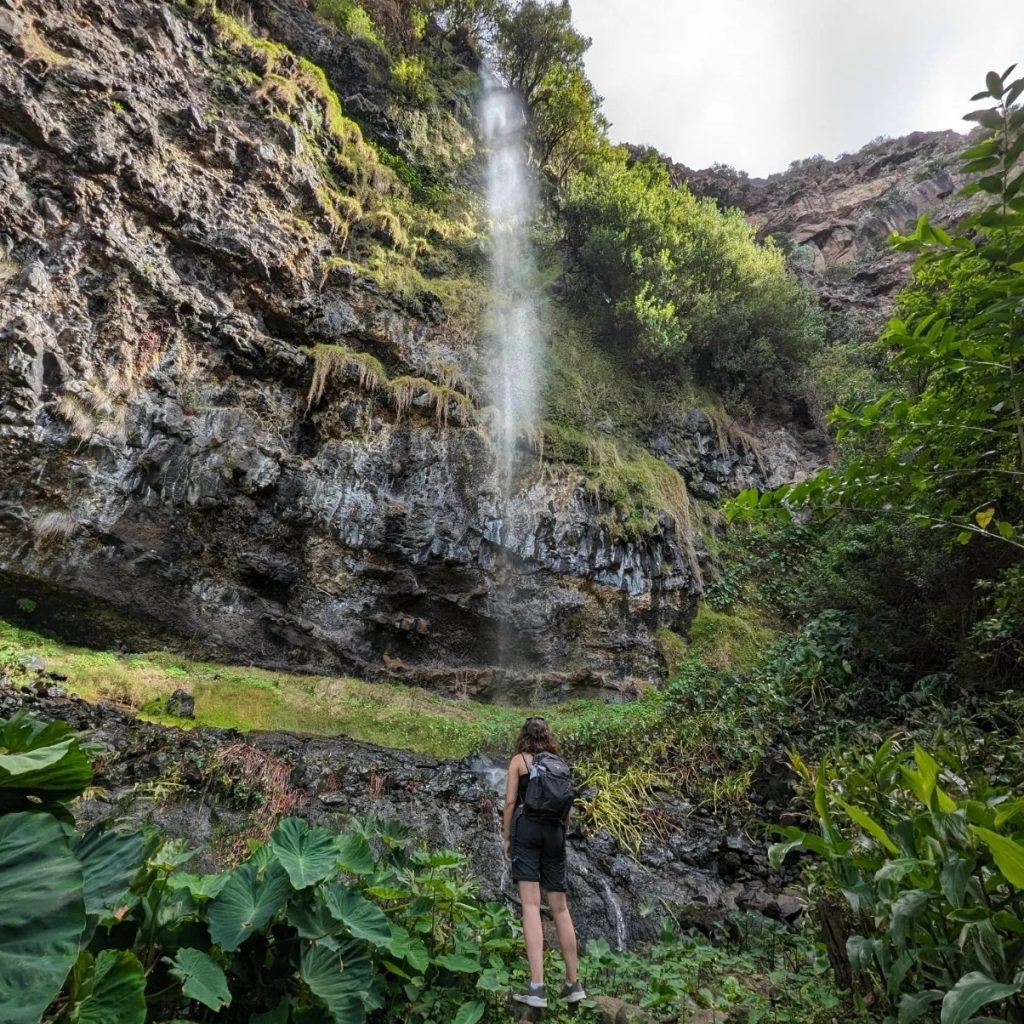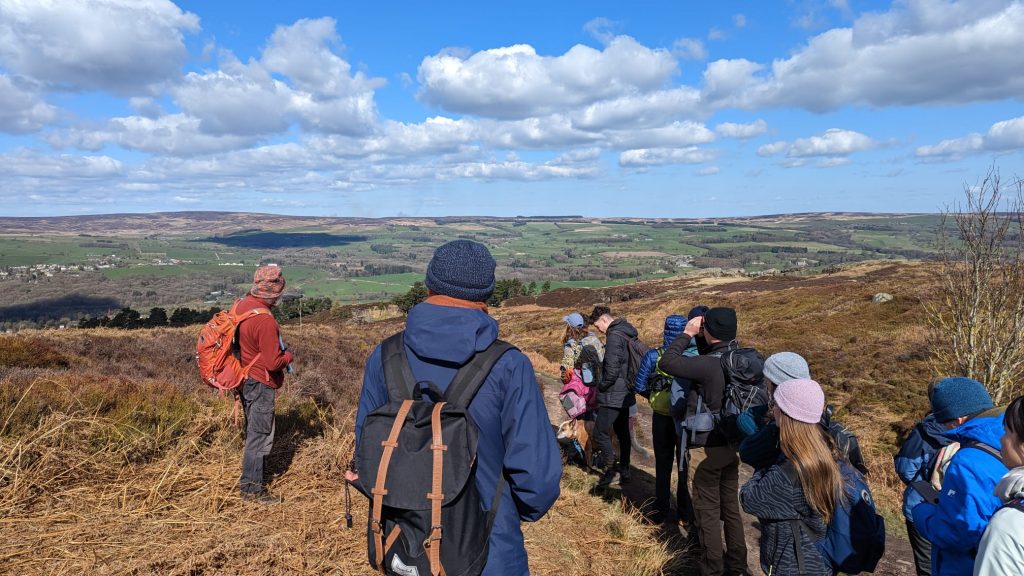From Conflict to Collaboration: Involving Indigenous Communities in Conservation
Last week, my Global Change Ecology class debated the importance of including indigenous communities in conservation efforts and whether these communities should be displaced from areas that we aim to protect. As someone who has conducted research (and very briefly, lived) alongside the indigenous Sani community of the Ecuadorian Amazon, I had a lot to say.

It would be naïve to think that the inclusion of indigenous communities in scientific research comes without risk. Cultural differences and miscommunication about processes and expected results can cause conflicts and broken trust. It takes time and resources (that researchers often don’t have) to build the necessary relationships.
Similarly, the hunting practices of indigenous communities have been argued as a basis for displacement. The removal of large carnivores from ecosystems can have impacts on all trophic levels, whilst the modernisation of hunting practices within indigenous communities risks causing further damage to local biodiversity.
However, there are so many benefits of including these communities within research and acknowledging them as an important part of these ecosystems, each of which outweighs the risks in their own right. Here are just some examples:
1. Ethics
We have a moral obligation to acknowledge and protect indigenous peoples’ inherent rights to self-determination, land ownership, and cultural heritage.
Historically, and even recently, indigenous communities have faced land dispossession, forced displacement, and marginalisation from their traditional lands and territories. This has often resulted in the loss of their cultural practices, livelihoods, and traditional knowledge, as well as negative impacts on their health and well-being. Many indigenous communities continue to face threats to their land rights from various activities, such as logging, mining, agriculture, and conservation initiatives that exclude or displace them.
It’s important to recognize that non-indigenous people cannot “give” land rights to indigenous peoples – they are inherent. However, non-indigenous people do have an obligation to help protect and uphold these land rights through advocacy, support for inclusive conservation approaches, promotion of respectful engagement, and collaboration with indigenous communities in research and conservation efforts.

2. Traditional ecological knowledge (TEK)
Indigenous communities often possess a deep knowledge of their local ecosystems, gained through generations of observation and experience. This knowledge – often referred to as “traditional ecological knowledge” or TEK – includes an understanding of local flora and fauna, ecological processes, and natural resource management techniques.
Indigenous communities have used TEK to achieve valuable conservation outcomes. For example, in Canada, the Haida Nation has established the Gwaii Haanas National Park Reserve and Haida Heritage Site, which are co-managed by the Haida people and the Canadian government. The Haida Nation’s management of the protected area incorporates TEK and cultural practices, resulting in improved biodiversity conservation outcomes.
Similarly, the Snow Leopard Trust, a conservation organization working in Central Asia, partners with indigenous communities to implement community-based conservation programs that involve local people in monitoring and protecting snow leopards and their habitats. These partnerships have resulted in reduced poaching and improved conservation outcomes for snow leopards, providing evidence that collaboration between researchers and indigenous communities can be successful.
It is important to note that if the scientific community is to encourage the sharing of indigenous knowledge, we must be trusted to use and share it respectfully and be honest about our intentions from the offset and throughout.

3. Economic self-sustainability
Indigenous communities often have an understanding of the sustainable harvesting and management practices of natural resources such as timber, non-timber forest products, or fisheries. This knowledge can be leveraged by non-Indigenous conservation groups to help develop sustainable business models that allow for the monetisation of these commodities in a way that preserves the ecological integrity of the land.
Furthermore, indigenous lands often have unique cultural and ecological attributes that can be attractive to tourists. Collaborative efforts in developing and implementing responsible eco-tourism initiatives can create economic opportunities for local people. This can include developing community-based tourism enterprises, offering cultural and ecological tours, or providing services such as guides, accommodation, and traditional crafts. These initiatives can generate revenue for indigenous communities, contributing to their economic prosperity while also promoting the conservation of their land and culture.
Economic prosperity achieved through sustainable resource management and responsible eco-tourism initiatives can reduce the need for indigenous communities to sell their land to extractive industries such as oil, gas, or mining companies. By having alternative income sources, indigenous communities are less likely to be forced into selling their land for short-term economic gain, which can result in environmental degradation and loss of cultural heritage. Instead, they can retain ownership and control over their land, ensuring its long-term conservation and protection.

Conducting research alongside the Sani community last summer made it clear that successful collaboration between indigenous communities and conservationists is possible. Focusing on honest, respectful communication and the mutual exchange of knowledge enables both parties to benefit, whilst also ensuring nature conservation remains a priority. By sharing our gathered data with Sani Lodge – an indigenous-owned and run Ecuadorian eco-lodge – the Sani community is able to continue running sustainable ecotourism programs, staving off economic pressures to sell land to encroaching oil companies.
We only have one earth. Let’s take care of it.
– Deb Haaland, United States politician and enrolled citizen of the Laguna Pueblo tribe
There are many other reasons why indigenous communities are an integral cog in the conservation machine. I recently read this interesting article which shares more insights into the topic and recommend you give it a read too.

